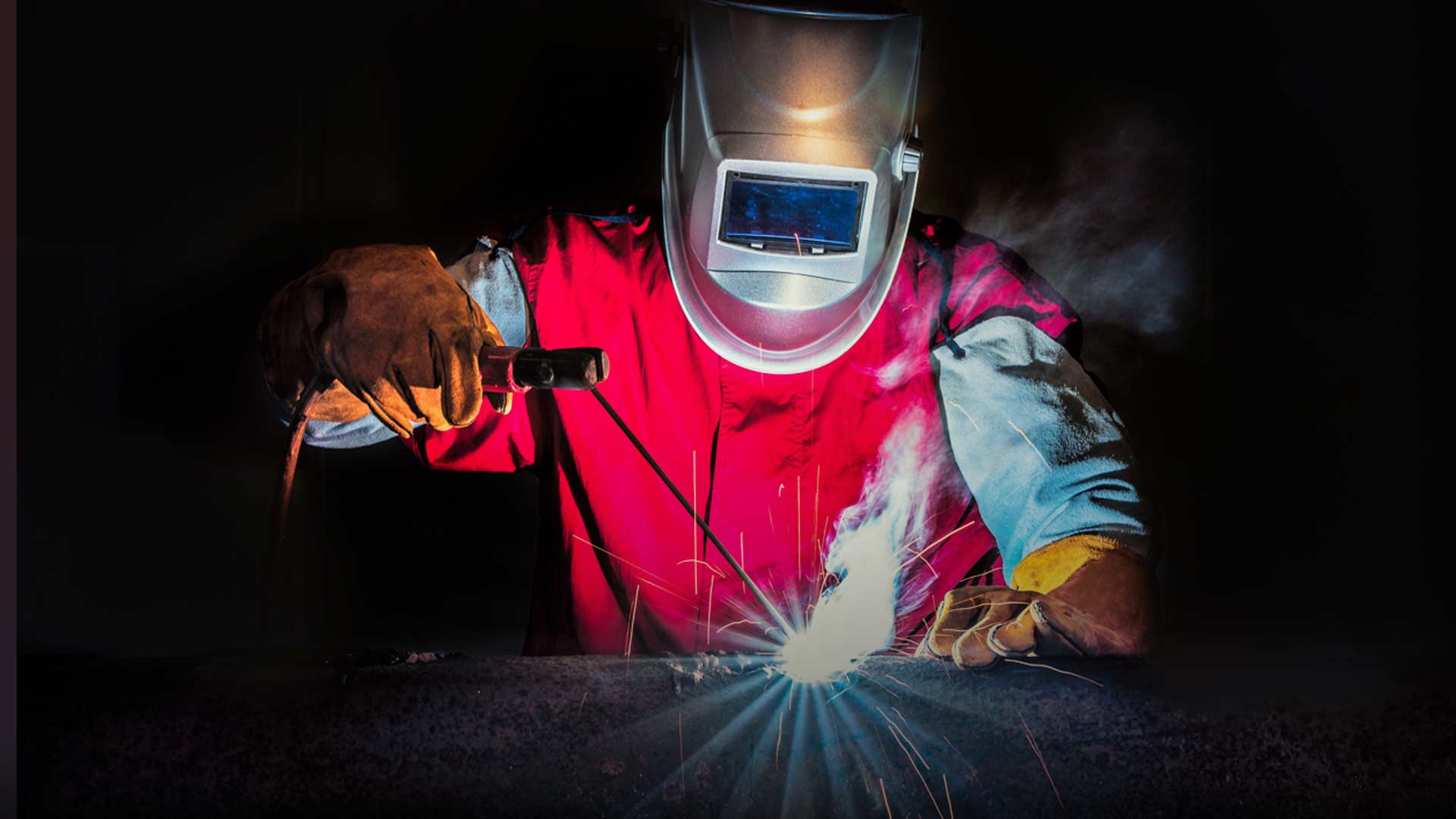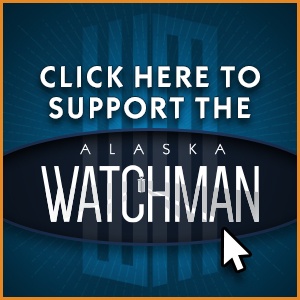
By Sarah Montalbano – Alaska Policy Forum

People of all ages are unprepared for the evolving job market, but Alaska can adopt policies to help learners prepare for good careers and meet the needs of the state’s economy.
Alaska businesses are facing a shortage of workers. Job openings remain near record highs. It’s tempting to blame labor shortages entirely on the pandemic, yet the state has underperformed for years: Alaska had the highest unemployment nationwide from 2017 to 2019. From 2015 to 2018, the state experienced 36 months of declining employment — a period in which the U.S. as a whole saw steady expansion. The only Alaskan industry that grew between 2015-2021 was educational and health services. 2022 marked the tenth consecutive year in which more people left the state than moved in.
While Alaska’s economy struggles, students are taught that not going to college dooms them to a lifetime of low earnings. That simply isn’t true: students who choose non-four-year pathways such as associate degrees, apprenticeships, or occupational certificates often earn more than four-year degree holders for less debt.
Machinists, dental hygienists, plumbers, and electric line installers report median lifetime earnings between 10 and 60 percent higher than the earnings of four-year degree holders. At the University of Alaska, three of the top five degree programs ranked by typical earnings and debt burden were associate degrees and only one was a bachelor’s degree. Students who do pursue a four-year degree should choose a major and university that will allow them to pay off their student loan debt.
This odd combination of high unemployment and near-record job openings suggests that workers are not finishing a credential or degree that would lead to lucrative careers. Students leaving Alaska’s high schools and colleges should have credentials that mean something to businesses. One option for students to take advantage of existing coursework is the correspondence school allotment program. Enrolled families can use the allotment to pay for skills-based classes offered online or by private schools while being able to enroll in classes from their neighborhood public schools.
The state needs to do more to identify and promote in-demand careers in high school and college. There is a clear mismatch between the skills and certifications required by industry and those earned by students: Alaska needs more Microsoft Office specialists and paramedics, but too few students are earning these credentials in high school to meet in-state demand. Some credentials are extremely oversupplied, such as the food-handling ServSafe certificate and welding certifications endorsed by the American Welding Society (AWS).
The state of Alaska could identify in-demand credentials by undergoing a return-on-investment analysis of career and technical education (CTE) programs. The CTE programs offered in high schools and colleges should be valued by employers and lead to high-skill, high-wage jobs for students. Collecting robust data about student outcomes and using it to inform decisions about which CTE programs to offer would guarantee more students have access to high-quality credentials during high school.
The process considers how well programs align with K-12 and postsecondary certificates and degrees, industry certifications, and employment opportunities within the state. It also considers student outcomes like academic achievement, college readiness, postsecondary enrollment, and credential and certification attainment. Several states have the components needed for successful audits of their CTE programs, and Mississippi is currently undergoing one. Florida performed its first formal, statewide annual audit in 2020: more than a quarter of its programs needed further review of their institutional performance, and 5% required review of local or industry needs. If Alaska were to undergo an ROI analysis, it should make the findings of its audit transparent so students can make informed choices while unsuccessful programs are being phased out.
Parents and the public should know how well Alaska’s K-12 schools prepare their students for education, employment, or enlistment. Indiana has led the way by mandating the creation of the Indiana Graduates Prepared to Success (IndianaGPS) dashboard, which compiles statistics to measure students’ academic mastery; career and postsecondary readiness; communication and collaboration; work ethic; and civic, financial, and digital literacy. The dashboard compares certain inputs and outputs of a specific school or district — such as high school graduation rates, the percentage of students enrolled or employed in Indiana within a year, and the percentage of students earning college and career credentials — against the statewide average. Schools are also required to host a webpage of the same information in a similar format for transparency.
ALASKA WATCHMAN DIRECT TO YOUR INBOX
The state could also make as transparent as possible all the options for students by creating a student-facing resource website. Texas is in the process of developing the My Texas Future portal, which will contain an “integrated advising chatbot,” inform students of educational pathways and earnings potential, and provide resources for students enrolling in or returning to college. Any student-facing website for the state of Alaska should outline the true costs of college as well as the costs of specific programs, average student loan payments and total debt, and pathways to achieving in-demand jobs in local industries.
Alaska’s economy is not so different that the state can’t learn from others. Given the declining economic outlook and record job openings, Alaska should help workers earn credentials, fill in-demand and high-wage jobs, and meet the needs of local economies.
The views expressed here are those of the author.









13 Comments
Great article. We have all the answers but can’t figure out the questions. It looks like maybe we should close down the colleges and open more trade schools. As for the welding school in Seward I know a family from the bush that sent there child to it and they come out way ahead. Great school but then the child had no want to move from the area they came from and how much welding is there in a bush community? So… Bang fir the buck, if they would of took the slope job offered to them they’d be rich now. Life is all about choices, good, bad. and indifferent but they are yours and yours alone to make. Remember this, way your decision carefully. It could mean the different between happiness and dispare.
Thank you Sarah for an excellent article. My own husband entered college pursuing electrical engineering, as that was what he believed he was supposed to do. Into his third year through a succession of events he realized he really wanted to be in the field and a technician so changed track and became an electrician, and a diesel technician. Fast forward 35 years and he has had an amazing successful high demand career and is still busier than ever and loves what he does. We homeschooled our kids and encouraged them to seek rewarding careers that fit their own interests and talents. It is sad that our one size fits all educational model plays down non-Baccalaureate careers, especially rewarding and desperately needed skilled trades.
The key to the trades are held by the unions, and they’re too corrupt to expect reform.
Entry level jobs that used to be performed decades ago by high school students of the dreaded Boomer generation are spurned as chump work, and our demographic shift since the 1970’s means there are more consumers of services than there are workers. Even immigrants, both legal and illegal, often can’t perform these jobs due to language and legal barriers, and most immigrants aren’t attracted to Alaska, anyway. They go to the states where their extended families invaded before them and that provide services to them, not the other way around.
The higher education industry and consumers are so thoroughly corrupt as to make the trade unions look angelic. There will be no voluntary reform, and no chance of forcing reform. They will go down fighting reform for ideological reasons and with hearts as hard as granite. Never mind the fact that those careers they’re educating to do are going extinct. They’ll just make a sign and protest until somebody pays their education debt and gives them an entry level six-digit white collar “job” with a desk to prop their feet on.
As our traditional industries (oil, fish, and timber extractions) die (or, more accurate, are murdered), Alaska is reverting back to the way it was in the 1960’s; if you need it, you’d better be able to do it yourself, because few are interested in doing it for you, and if they do, they’ll demand enough money to retire on to do it.
UA must downgrade to up
3months- 2 yr community college for if it cares about survival. Its bachelors masters is sinking, as well as alaska k-12 kids will never be ready for a 4year program. That’s reality.
Great article. But unfortunately I don’t believe the younger generation really doesnt wants to work or knows how, unless they were homeschooled, lived off grid or are maybe from Bush Alaska, not all but most.
Maybe one of the ways to combat this would be for our local and state government leaders to be more concerned with education than abortion, LGBTQ, CRT, or what ever else you can throw in there that students are being taught that actually take away from reading writing and arithmetic.
Secondly doing the same ole thing will not fix the problem. Ak Legistalture will continue to go after our PFDs for Ak NEA in the name of public education. Our students nor our teachers will recieve nothing but why would they? Alaska public educated students are already recieving above the national average in funding not taking into account what they recieve federally.
So do we really need more programs to get our younger generation to work? instead of more programs let’s make what we have more accessible.
Entering the workforce with student debt often means not being able to qualify for a home loan. By the time the loan four year education loan is paid off, the folks that went the trade route are well on their way to having paid off their mortgage with two more years of income to boot.
This is promising news!
“BOMBSHELL: HOLDING THEM TO ACCOUNT FOR CRIMES AGAINST HUMANITY — PASCAL NAJADI & TODD CALLENDER”
https://www.sgtreport.com/2023/02/bombshell-holding-them-to-account-for-crimes-against-humanity-pascal-najadi-todd-callender/
Humanity; Please keep personal agenda politicized comments unrelated to this article in the garbage can where they belong!!
I know these are unrelated to the topic; but want to get the word out in this oppressed world. Just keep scrolling.
Foh
I have been very appreciative of your post! They are always friendly, timely, and helpful!
Well done and please keep it up
Thank you Dave!
Well said. I went to a trade school right after high school. The trades taught me skills i could use to get a great paying job that paid for my college degree. For anyone that took out a loan, get a job and pay it back. Hold yourself accountable and your self respect might come back. We employers see your self respect versus your narcissm.
I agree Molly. I actually obtained two associate degrees and paid for both out of my own pocket – no grants or scholarships.